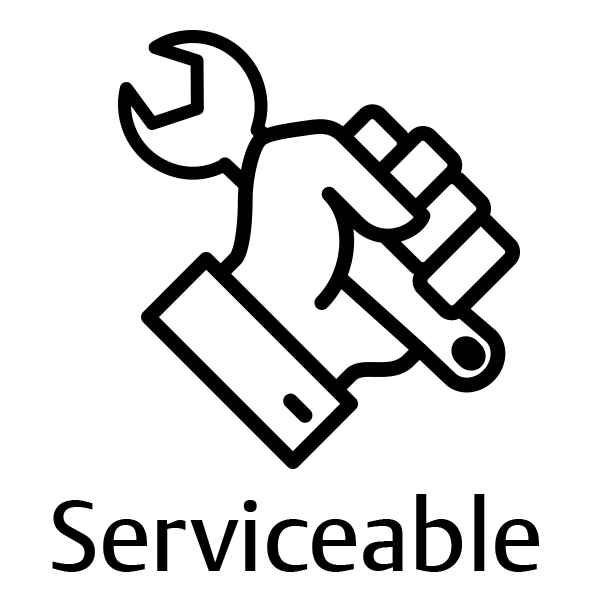The combination of high performance, sustainability and serviceability made the Copeland scroll booster an ideal choice for Gem City Market, a new small-format supermarket built in a food desert in Dayton, Ohio. The project involved collaboration among the affected Dayton community, city officials and commercial refrigeration industry leaders who donated their respective expertise and resources to the project.
When even lower-GWP refrigerants (such as A2Ls) are approved for use by applicable codes and standards, a distributed scroll booster system can be adapted for use with these ultra-low refrigerant alternatives (less than 150 GWP).
Read More...







